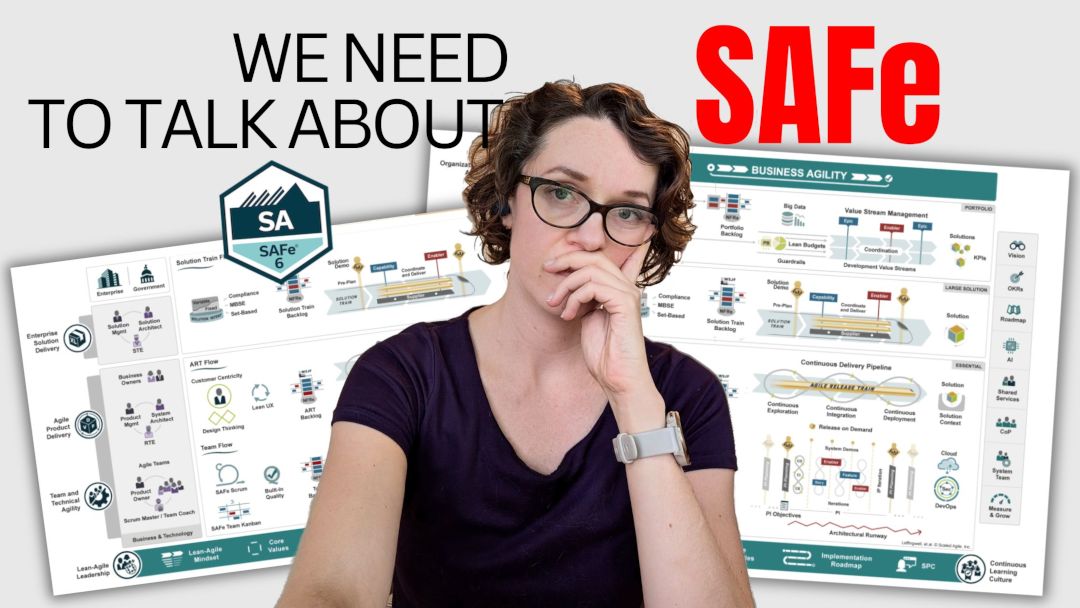I believe the concept of transparency is largely misunderstood by people starting to implement Scrum. In this video, filmed specifically for Scrum.org Scrum Tapas series, I’m talking about what it really means to have transparency in the context of Scrum.
The Scrum Guide’s definition of transparency is “Significant aspects of the process must be visible to those responsible for the outcome”. The usual assumption is that this only relates to the three artifacts: Product Backlog, Sprint Backlog, and the Increment. And the other assumption is, that it only includes visibility – the artifacts just need to be visible.
Those are just assumptions, and there is more to transparency than just the artifacts and just visibility.
When you implement Scrum, changes need to happen in the amount of information you communicate as well as the way you communicate it.
To summarize anything that might impact the work on the product needs to be communicated as soon as it’s known, even if it’s not yet confirmed. Let me highlight this again: even if it’s not yet confirmed!
This can be related to information such as:
- failures such as solutions that didn’t work out, estimations that had blown up, customer contracts that have been canceled (or might be canceled);
- real progress status as soon as it changes, even if it looks really bad (this also means admitting when something is not actually done);
- potential changes to the upcoming work, like a potential new contract underway in negotiations;
- concerns related to progress, management styles, goals set, communication, people, technology, and more.
Various agile metrics can help you create more transparency as long as you choose the right ones and review them regularly.
In addition, this information has to have three major conditions fulfilled:
- It has to be visible to everyone involved in the work or responsible for the outcome. And no, having someone access to your Confluence space is not “visible”.
- It has to be easily accessible by everyone. When unsure whether it’s the case, verify – actually ask people if they know how to access the information.
- It has to be understood without room for interpretation. This one is crucial. Everyone involved needs to have the same understanding of the information provided: what “done” mean, what are the chances of new work coming in, etc.
And with that, I leave you to access the level of transparency in your organization. Ask yourself:
Are we communicating all the information that might potentially impact the work and the people doing the work?
Is this information visible, easily accessible and clearly understood?
If you’re struggling to answer any of these questions, start a discussion with the people involved to identify the information to communicate and best way to do it. And with this, you can achieve higher benefits of implementing Scrum.
FREE email course for Scrum Masters is now available
Are you ready for a challenge to step up your skills and knowledge?
Join me for a week filled in with experiments and actionable steps to improve Scrum implementation in your organization.



